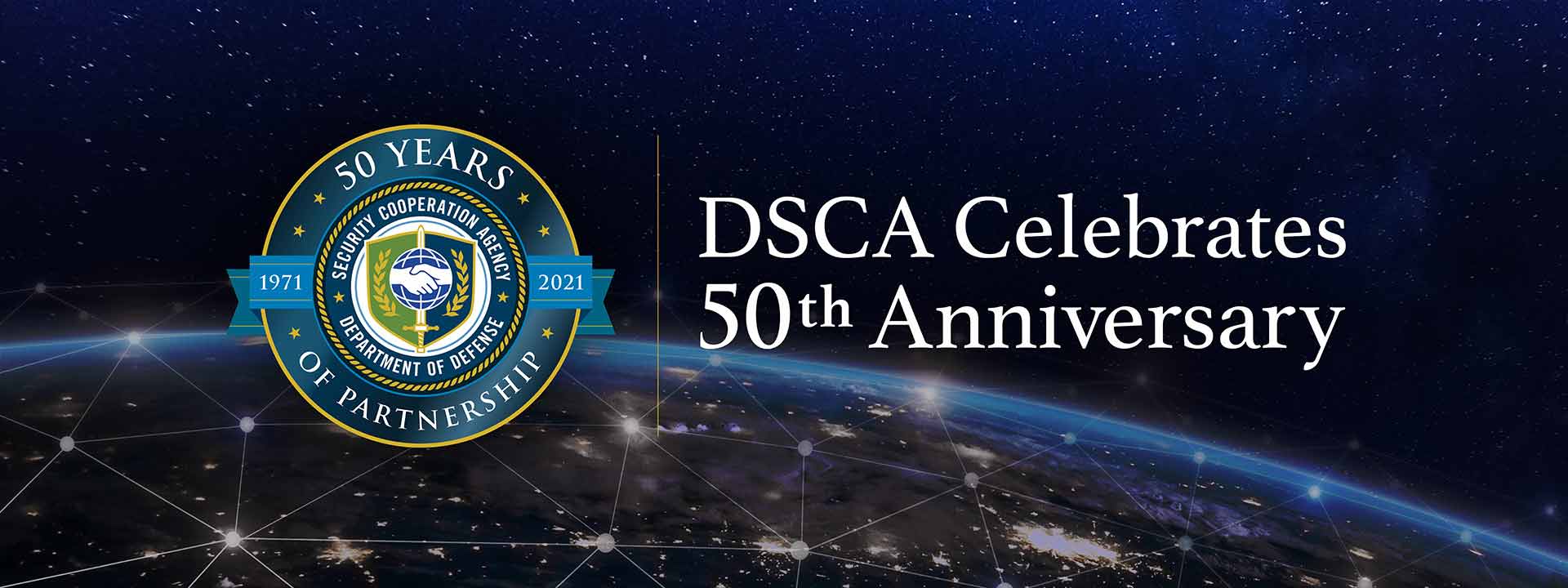From its founding, the United States has always worked to foster long-term alliances and partnerships with other countries to achieve our mutual strategic objectives. Starting with the American Revolution, during World War II and the Vietnam War eras, and most recently with counter-terrorism efforts and a return to an era of Great Power Competition, Security Cooperation, as it is now known, has ensured the safety of our homeland and built the capacity of foreign security forces to respond to shared challenges.
To showcase the important role that Security Cooperation has played as a “tool of first resort” for U.S. foreign policy and national security, DSCA and its component the Defense Security Cooperation University have created a new educational video, “Security Cooperation: A Uniquely American Approach,” which focuses on the history of Security Cooperation and the evolution of our nation’s collaborative, values-based approach to building enduring partnerships.
DSCA - U.S. Security Cooperation from DSCA on Vimeo.
To celebrate DSCA’s 50th anniversary, we are highlighting notable “Security Cooperators” who have served the Security Cooperation community over the past 50 years through the “Faces of Security Cooperation” series.
Our first highlight features DSCA’s first Director, LTG George M. Seignious. An Army officer with a storied military career, Seignious had several impressive assignments with an international focus. He served as the U.S. Commander in Berlin and advised the U.S. Ambassador to West Germany on the Four Power Agreement on Berlin. Seignious also served as the Director of the U.S. Arms Control and Disarmament Agency; the U.S. Delegate-at-Large for Arms Control Negotiations; and the President of the Atlantic Council, after his government service: Click here for more.

